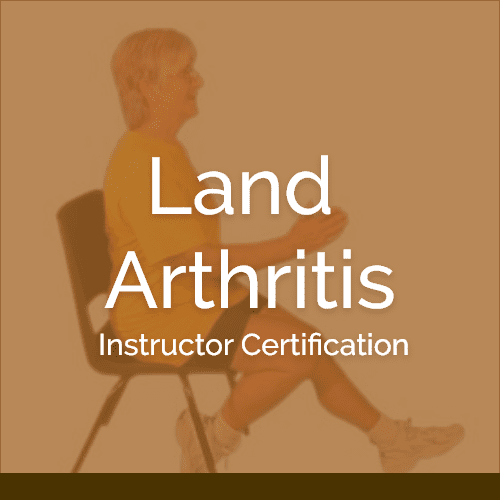There are over 100 kinds of arthritis, so in multiple ways, exercise programming for this variety of conditions is anything but one size fit all! Of great importance is to understand the differences between inflammatory arthritis diseases like Rheumatoid Arthritis (RA) which is a systemic disease, that can affect the body as a whole, and non-inflammatory forms such as Osteoarthritis which affect the joints.
There are many other forms of Arthritis which may or may not be specific to joint or inflammatory problems – such as Fibromyalgia (FMS), which affects the myofascial, connective (muscle) tissues; Lupus (SLE) an auto-immune disease, Lyme Disease similar to FMS but which, if not caught in time for treatment, can cause extremely debilitating problems, Ankylosing Spondylitis affecting the sacroiliac joints of the lower back, Carpal Tunnel affecting the wrist area, Gout affecting the feet and the many forms of injury which can become chronic tendonosis.
Many people may have one or more “types” of arthritis but, whatever group they fall under, exercise is critical to maintain mobility for maintaining independence. Water may be the safest and most beneficial environment for arthritis exercise as buoyancy unloads the joints, hydrostatic pressure distributes resistance around the joints to form a “bandage “effect. Submersion a the joint area provides resistance equally for the muscles that provide the movement, additionally keeping the body submerged as much as possible provides 3600 support for improved balance. Water can be programmed to work the muscles as if on land i.e. concentrically and eccentrically when using equipment. These are beneficial options for anyone with arthritis and specifically the aging population.
The Benefits of Water:
- Engages the core and postural muscles at all times (in order to stay upright and in good alignment),
- Rebalances the muscles (in their naturally opposing actions so that agonist muscles are balanced in strength and tone with muscles acting as antagonist),
- Massages the body,
- Encourages ROM (range of motion) and flexibility
- Encourages vascular circulation
- Produces and circulates synovial fluid and cerebrospinal fluid
- Circulates blood to bring in oxygen and carry off toxins and to lubricate joints.
- Can be used to progress through minimal to maximal levels and intensities of resistance, each person going at the individual pace and level of intensity best for them.
- Incremental weight bearing exercise depending on clients water depth (may be waist to neck) with waist to chest being ideal.
Mobility:
Since mobility is the number one goal for people with Arthritis it is important that class members start moving as soon as they get into the water and use as much movement, as they are able, throughout the program. The WaterART Arthritis program is designed to help people attain and maintain an active lifestyle therefore each program should provide functional movement to achieve this goal. Always keep in mind you are training people in the water to move effectively with little or no pain on land. Using travel patterns in all directions will keep the muscles warm and develop better flexibility, coordination and agility for daily activities.


